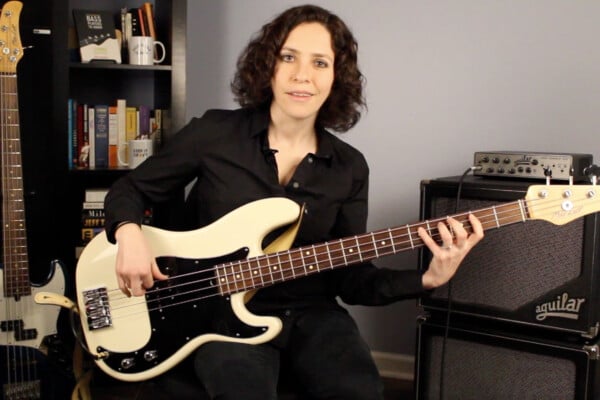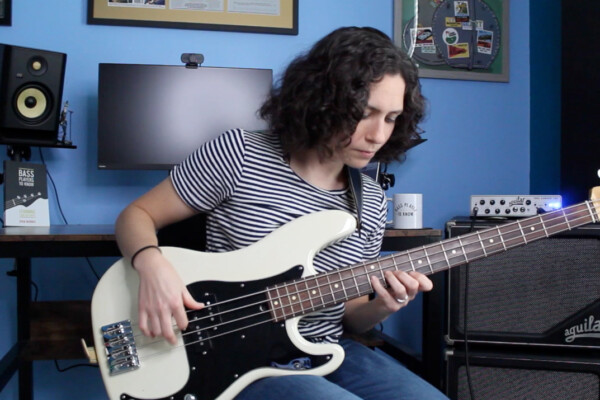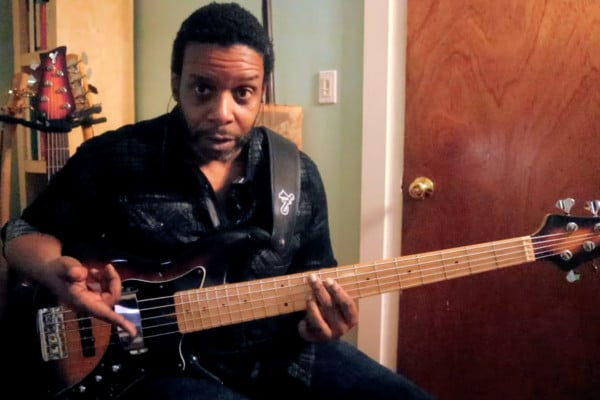Musical Explorations: 12 Tones, 12 Beats and Franc O’Shea
Q: Is there anything outside of the norm that you are working on or thinking about with your musical explorations?
A: Actually, in the May issue of Bass Guitar Magazine (UK), Franc O’Shea (his columns are always enlightening and thought provoking), wrote an interesting piece on dividing the chromatic scale and giving every semi-tone a pulse in a bar of 12/8. Essentially, you have 12 beats to a bar and 12 notes in the chromatic scale, so what rhythms do you get when you align those two things and play a scale?
(Answer: simply play a rest for every semi-tone not in your scale)
I was immediately intrigued as many of the scales, when played rhythmically in this way, allude to (or actually are) rhythms associated with Africa and Afro-Cuban grooves.
Check out this PDF chart that I made of the rhythms derived from the Major modes as well as a few choice other scales.
As an exercise, a student of mine and I started playing an improvisation game where one of us would play bass, the other solo and either one of us (at any given time) would call out a scale and tonal center. We’d both have to switch immediately. The bassist would start using that rhythm and the soloist would assume that tonality. It’s pretty fun and really gets you thinking in a slightly different way.
I’ve also started experimenting with taking any one of those rhythms and playing them in time signatures that don’t have 12 beats to a bar, forcing you to internalize the rhythm and play over the bar line.
For example, if we play one of these scales in 3/4, but maintain that triplet pulse (from the worksheet), the first beat of the rhythm will only land on one every four bars (four bars of three = 12). This makes a bit more sense when looking at the sheet I’ve provided but I’ve personally had a lot of fun just playing around with this idea.
It may not be something that is overtly practical or useful, but I appreciate anything that gets me looking at something I know so well (like the major scale) and seeing it from a different perspective.
This concept can be taken as far as your imagination, really. See how many rhythms you can come up with using different scales, etc. Do it on paper, if it helps. It worked better for me.
Pentatonic scales will be rhythmically more sparse, but you can do this with any scale, regardless of how many notes are in it. Just remember to assign a rest to any note that you aren’t playing, and the appropriate subdivision to the notes that you are playing, and you’ll find that every scale has it’s own groove!
Kinda neat, eh?
By the way, Franc O’Shea is a phenomenal bassist living in the UK. Check him out.
Have a question for Damian Erskine? Send it to [email protected]. Check out Damian’s instructional books, Right Hand Drive and The Improviser’s Path.




niiiiiice. this is very similar to some of vic wooten’s teaching regarding turning modes into rhythms using quarter and half notes.
very cool and useful stuff. you can create entire tunes/grooves using these concepts.
L8r.
peecnlub,
k-dub